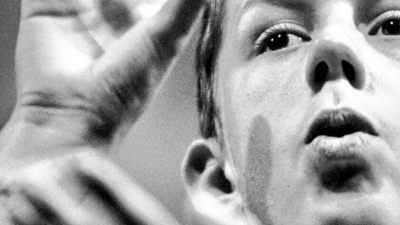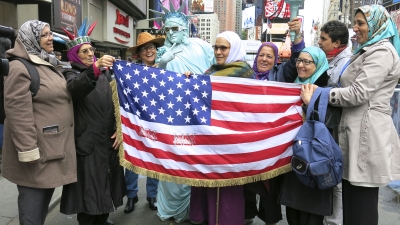Hidden stories
“When I go to the bakery, I go to buy a bread, I don't go to have a 'gender-experience' or anything like that,” says Selm, one of the main characters in the documentary Genderbende. But the conversation usually evolves as follows:
Salesperson: “How can I help you, madam?”
Selm: “A bread please.”
Salesperson: “Oh, now I hear it, you're a man, I'm sorry, I'm sorry, oh how embarrassing.”
The main characters in the documentary Genderbende do not feel male or female. It is nothing special for them, but people around them get confused. In the third episode of the series Movies & Science: Hidden stories, we talked about the movie with dr. Christine Quinan (Gender Studies, UU). How is gender embedded in our everyday lives? Can we also think 'outside the box'?
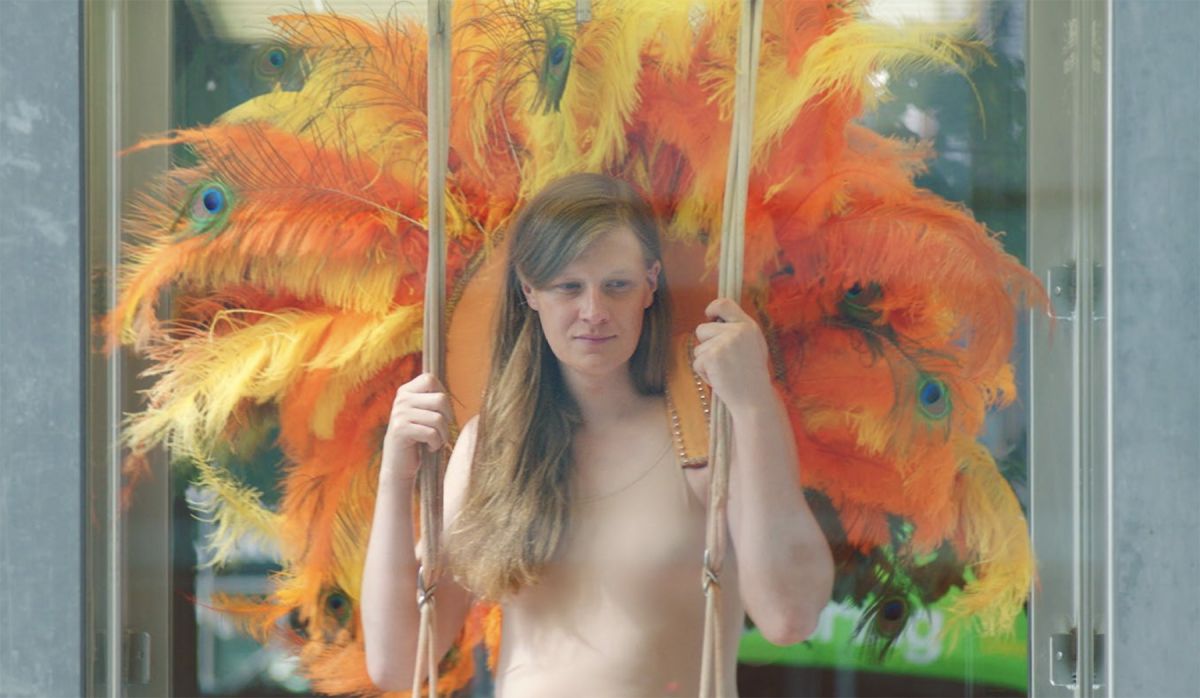
Not a man, not a woman, but also no transgender
Lisa, Anne, Lashawn, Dennis and Selm do not fit the standard boxes of male or female. Neither are they transgender. They do not feel they have been born in the wrong body, yet they cannot conform to the standards for appearance and behavior that most people associate with either a male or a female body. This was also new for documentary maker Sophie Dros, she tells in an interview (Dutch). “I always thought you had male, female or transgender. But that there was anything in-between was totally new for me.” "'Gender-fluid', they sometimes call it," Selm says. “But I don't like that term. It sounds like you wake up and decide: this morning I'm a guy, but maybe this afternoon I'm a girl. And switch outfits as well.” Selm and the others portrayed in the documentary do not feel the need to identify as a man or a woman. Society, however, often forces them to. Selm: “I always thought I can decide myself who I am. But I can't change the way people look at me. You have already decided in your head whether I'm a man or a woman.”
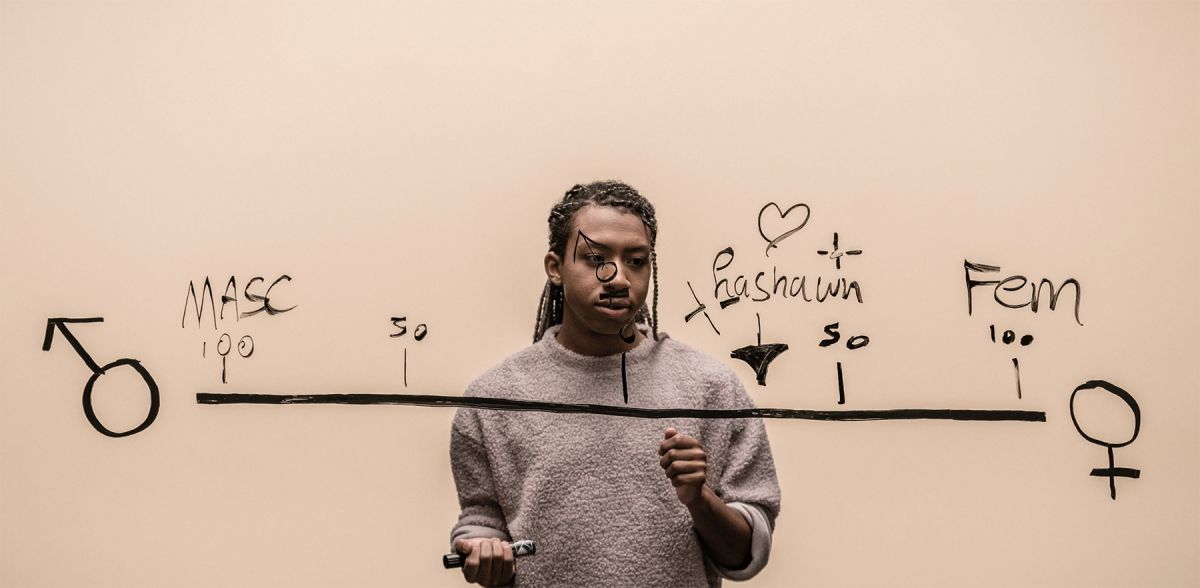
Doing gender
Gender is everywhere. When you visit a public restroom, get a haircut, enter a clothes store, or step on your bicycle. With every paper you fill in, or newsletter you subscribe to, the first question is: are you male or female? It is also in places you maybe have not thought about. Did you know, for example that when you pass the body scanner at the airport, someone behind the computer actually has to click a button whether you are male or female? Christine Quinan: “Gender is something we do everyday. When we address people, we use male or female pronouns, and when we approach people we make a quick decision in our head: is this person male or female?”
The documentary shows that being diverse and inclusive is not always smooth, but can also be painful and awkward. People who do not fit the boxes continuously have to explain themselves and answer curious questions. “So what áre you?” “Which box do you tick when you have to choose?” The main characters are happy to explain things, but at the same time they, like anyone else, just want to be normal.
Quinan studies the effects of sex registration and possible alternatives, mostly in relation to travelling and mobility. Many countries now give the possibility to put an X in your passport, rather than an M or an F (for male of female). Quinan: “Many people I spoke with in my research say it only causes more problems, since it puts them under more scrutiny. Some of them have even changed their X back to M or F.” An X only seems to work when the whole population would get an X, but that seems like a far-fetched dream. In light of current discussions on privacy of registered information, Quinan states: “I think the Netherlands could potentially be the first country to implement this.”
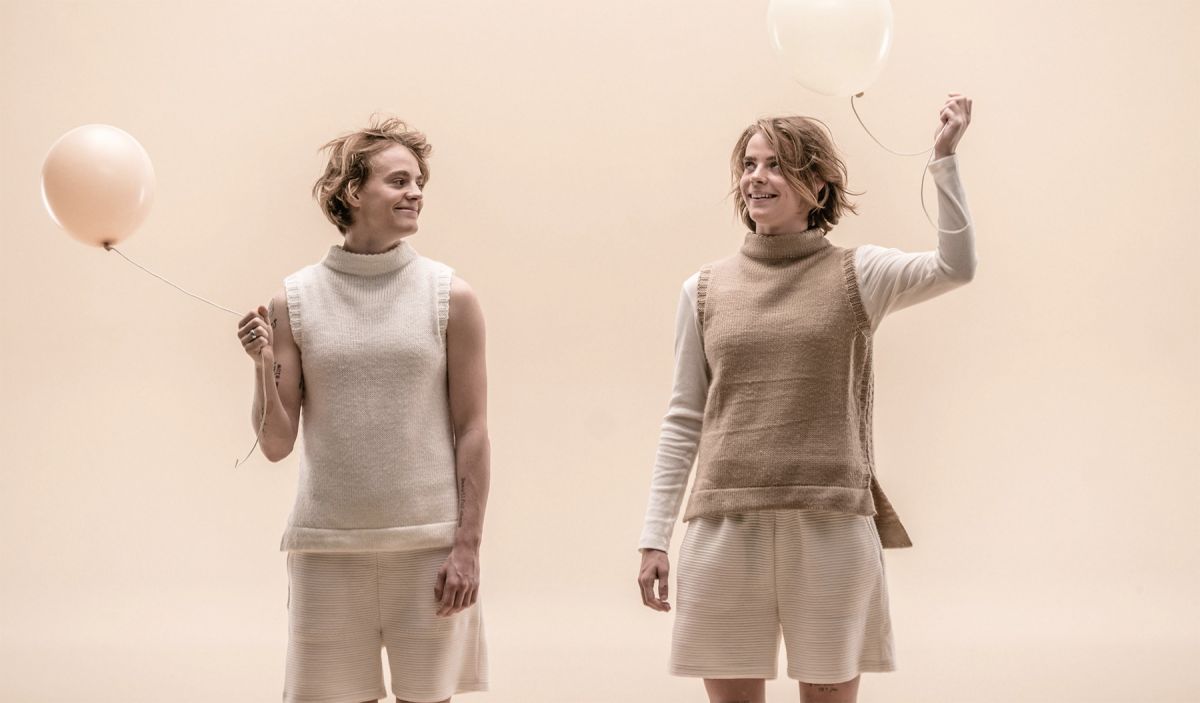
Let's talk!
Not everyone is convinced that gender identity is an urgent issue. Recent initiatives concerning gender neutral toilets, children's clothing or the use of neutral pronouns have been topic of fierce public debate. Quinan: “Why do some people object so strongly to such decisions? It shows that people are personally connected to the topic.” Rather than getting stuck in discussions on toilets or cloths, someone in the audience suggests, we could use these topics as entry points for a larger conversation.
When the Dutch national railways recently started to refer to their clients as 'dear travelers' instead of 'ladies and gentlemen', many people asked: do we really have to make changes to comfort only a very small part of the population? The same question is asked in other discussions about diversity, for example when talking about making buildings accessible for wheelchairs. But maybe it is not the right question. Perhaps these discussions can help us to reflect upon ourselves, and what we find normal. And maybe lead us to get a bit of a broader perspective.
And for who is curious about the omnipresence of gender I propose a behavior experiment. Try not to use any gendered pronouns for one day. Would you be able to do so, and would this change the way you look at people?
The documentary Genderbende (2017, HALAL docs) can be seen entirely on NPO. (Language: Dutch, no subtitles)


